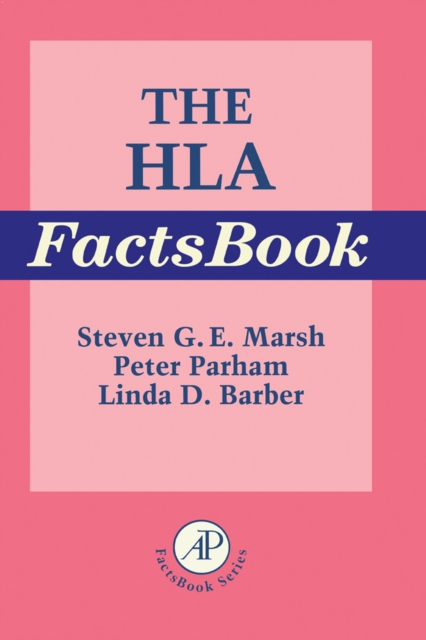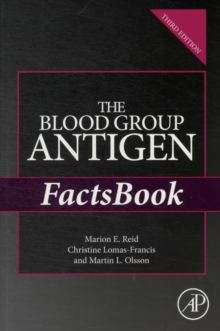
The HLA FactsBook PDF
by Steven G.E. Marsh, Peter Parham, Linda D. Barber
Part of the Factsbook series
Description
The HLA FactsBook presents up-to-date and comprehensive information on the HLA genes in a manner that is accessible to both beginner and expert alike. The focus of the book is on the polymorphic HLA genes (HLA-A, B, C, DP, DQ, and DR) that are typed for in clinical HLA laboratories. Each gene has a dedicated section in which individual entries describe the structure, functions, and population distribution of groups of related allotypes. Fourteen introductory chapters provide a beginner's guide to the basic structure, function, and genetics of the HLA genes, as well as to the nomenclature and methods used for HLA typing. This book will be an invaluable reference for researchers studying the human immune response, for clinicians and laboratory personnel involved in clinical and forensic HLA typing, and for human geneticists, population biologists, and evolutionary biologists interested in HLA genes as markers of human diversity.
- Introductory chapters provide good general overview of HLA field for novice immunologists and geneticists
- Up-to-date, complete listing of HLA alleles
- Invaluable reference resource for immunologists, geneticists, and cell biologists
- Combines both structural and functional information, which has never been compiled in a single reference book previously
- Serological specificity of allotypes
- Identity of material sequenced including ethnic origin
- Database accession numbers
- Population distribution
- Peptide binding specificities
- T cell epitopes
- Amino acid sequences of allotypes
- Key references
Information
-
Download - Immediately Available
- Format:PDF
- Pages:416 pages
- Publisher:Elsevier Science
- Publication Date:13/12/1999
- Category:
- ISBN:9780080542508
Information
-
Download - Immediately Available
- Format:PDF
- Pages:416 pages
- Publisher:Elsevier Science
- Publication Date:13/12/1999
- Category:
- ISBN:9780080542508










